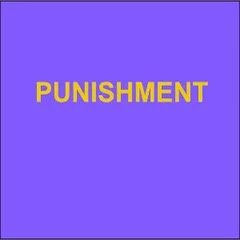By Laura M. Maruschak
This statistical brief presents findings on maternal healthcare and pregnancy prevalence and outcomes for persons in the custody of state or federal correctional authorities in the United States. It reports statistics on (1) pregnancy testing and positive tests among female admissions; (2) pregnancy prevalence and outcomes by type; (3) pregnancy-related training for staff, emergency transportation protocols, and medical services provided to pregnant and postpartum women; (4) accommodations and support services for pregnant and postpartum women; and (5) provision of and participation in nursery or residential programs in which mothers reside with their children. Findings in this report are based on data from the maternal health supplement to the Bureau of Justice Statistics’ annual National Prisoner Statistics collection (NPS-MatHealth).1 The NPS-MatHealth was administered for the first time in 2024 and collected 2023 data on maternal health in correctional settings from the departments of corrections of the 50 states and the Federal Bureau of Prisons (FBOP). For information on the U.S. House of Representatives Committee on Appropriations directive and the feasibility study that led to and informed the NPS-MatHealth, see Data on Maternal Health and Pregnancy Outcomes from Prisons and Jails: Results from a Feasibility Study (NCJ 307326, BJS, January 2024). Pregnancy testing and positive tests among female admissions „ In the 47 jurisdictions that reported pregnancy testing data, 88% of female admissions were tested for pregnancy during 2023 (table 1). „ Among female admissions tested in the 46 jurisdictions that reported the number of admissions who tested positive, 2% tested positive. Pregnancy prevalence in custody and outcomes of pregnancies by type „ On December 31, 2023, 49 jurisdictions reported housing a total of 328 pregnant women, accounting for 0.5% of all the women in the custody of those jurisdictions. „ Sixty percent of pregnant women in the custody of state and federal correctional authorities were white, 20% were black, 9% were Hispanic, 4% were American Indian or Alaska Native, and 2% were Asian, Native Hawaiian, or Other Pacific Islander (table 2). „ Between January 1, 2023 and December 31, 2023, 727 pregnancy outcomes—including live births, miscarriages, and abortions—were reported in 49 jurisdictions (table 3). „ Live births (665) accounted for 91% of the pregnancy outcomes reported, miscarriages (47) accounted for 6%, and abortions (15) accounted for 2%
Washington, DC: U.S. Bureau of Justice Statistics, 2025. 10p.




